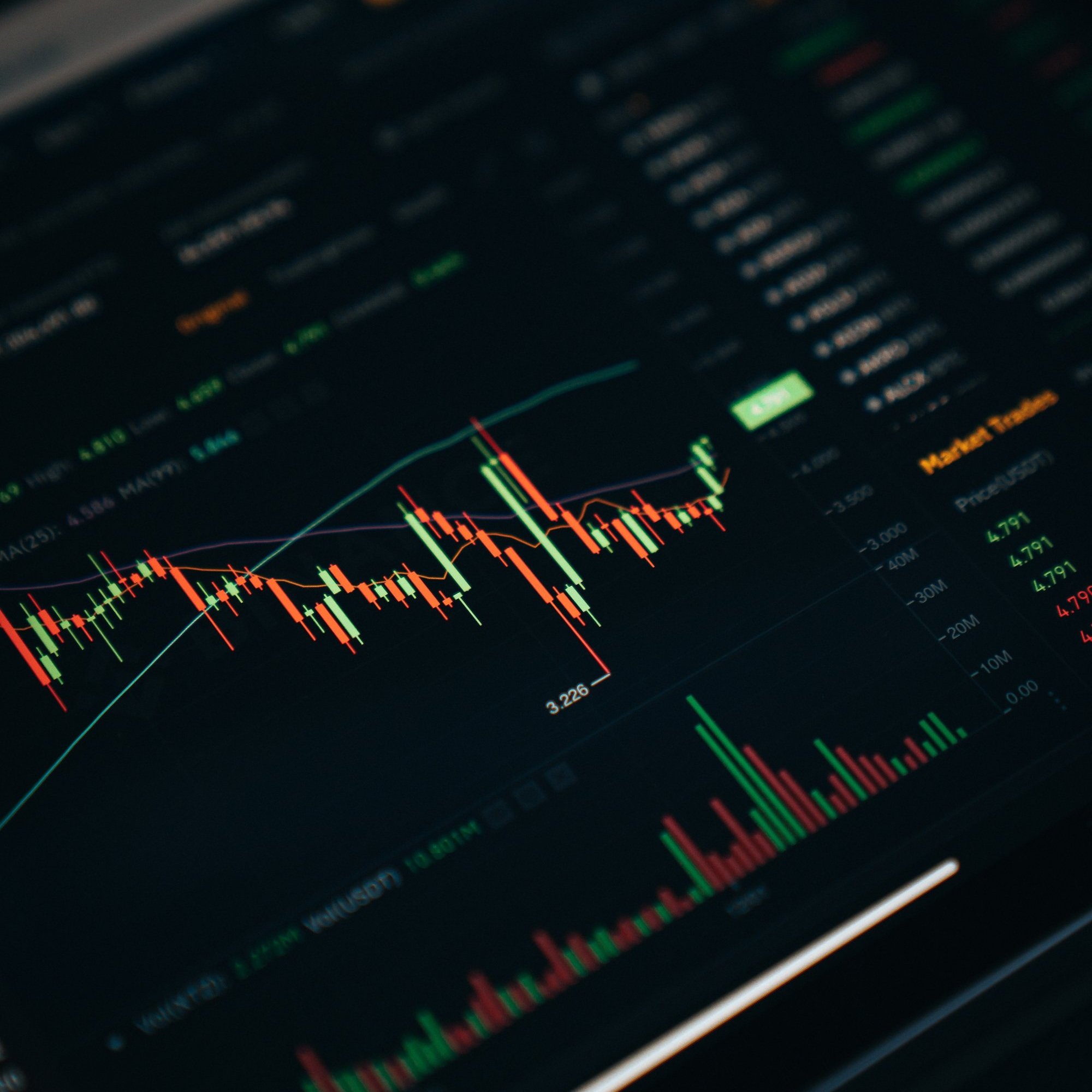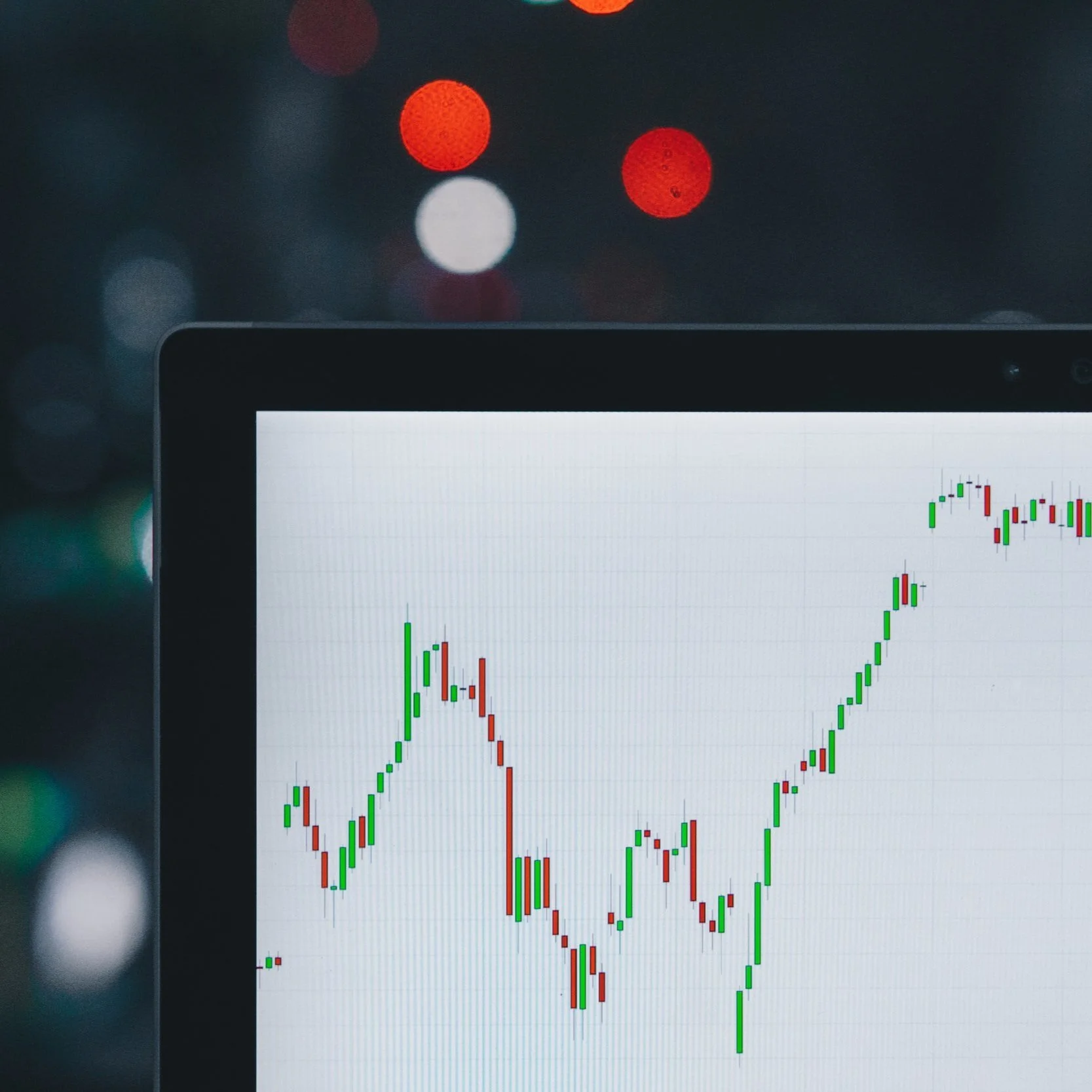Rise of GP-Led Transactions Reshaping Private Equity Secondary Market
The buyout of RJR Nabisco in 1988 executed by Kohlberg, Kravis and Roberts Co. largely created the private equity market that exists today. The revolutionary deal created an investment strategy that spawned a new standalone asset class. Now, the private equity secondary market, particularly through the rise of GP-led transactions, is bringing about a similar transformation within the financial markets.
The private equity industry is centered around the strategy of an investor buying out a public company using some equity and a large amount of debt. This transaction is commonly referred to as a leveraged buyout. The investor also referred to as the general partner (GP), seeks to work with the acquired company to improve and streamline the business in order to increase revenue and profit margins. Limited partners (LPs), often pension funds, university endowments, labor unions, or insurance companies, invest capital in funds raised by GPs to execute these buyouts and turnarounds of public companies. Given the nature of the strategy, the life of these funds often ranges from seven to ten years meaning the LPs capital is locked up in these private equity funds for a lengthy period of time. Historically, LPs have had little recourse in terms of creating early liquidity from their interests in these funds but the emergence of the private equity secondary market has
The private equity secondary market serves to provide liquidity to private equity investors, allowing them to sell positions in private equity funds and liquidate stakes in private companies. The secondary market is the only way for LPs to exit early from private equity investments or for general partners (GPs) to extend the holding period for particular investments (Sullivan & Ho, 2019).
The accelerated liquidity created through a secondary transaction allows LPs to potentially invest in a new “on-the-run” fund currently raising capital or to remain compliant with regulatory regimes, including Basel III and Solvency II, implemented after the Great Financial Crisis to raise the liquidity standards for institutional investors. Beyond reactionary motives for pursuing secondary sales, LPs are increasingly leveraging secondaries as a method to actively manage portfolio interests and stay within investment policy target ranges for allocations for private equity by mitigating the “denominator problem” resulting from rising private investment valuations contrasted by falling public market valuations (Peterman & Lai, 2009).
Despite mounting volatility in the public markets, the private equity secondary market came close to topping the record volume seen in 2021, with global secondary volume hitting $108 billion compared to $132 billion in 2021. For the year, 52% of the deal volume was LP-led transactions, and half of the investors were first-time sellers in the secondary market (Witkowsky, 2023).
The private equity secondary market has existed since the early 1980s with the Venture Capital Fund of America (VCFA) headed by Dayton Carr orchestrating the buyout of IBM founder Thomas Watson’s share of the fund, as well as Jeremy Coller and London-based Coller Capital, executing some of the first secondary transactions. The secondary market did not achieve prominence until the aftermath of the Great Financial Crisis in 2009, as the need for liquidity solutions emerged as funds suffered from a duration mismatch between assets and expiring funds. The relative unattractiveness of traditional exits, IPOs, or strategic acquirers, in the post-Great Financial Crisis market, led to the emergence of GP-led secondary transactions (Peterman & Lai, 2009).
Initially born out of necessity, GP-led transactions have evolved into a portfolio management tool for GPs seeking to hold onto their most promising or “trophy” assets. As its name suggests, GP-led transactions are initiated by a GP aiming to provide existing LPs with optional early liquidity. The most basic form involves GPs giving LPs the option to sell all or a portion of their interests in various private equity funds. The funds would continue with the buyer as the replacement LP and would assume responsibility for all future capital calls.
Continuation funds, typically special purpose vehicles through which a buyer purchases interests in single or multiple private companies, also fall under the umbrella of GP-led secondary transactions. About 80% of GP-led transactions involve a single-asset or multi-asset continuation fund (Patschkowski & Perl, 2022). In a deal involving a continuation fund, existing fund investors are offered a liquidity option with respect to one or more fund assets to either cash out or remain invested through a new vehicle. New investors inject fresh capital into the newly created fund vehicle, which will acquire the target assets from the selling fund. Other GP-led transaction types include strip sales, tender offers, fund-level preferred equity and stapled transactions.
While GP-led secondaries pose an inherent conflict of interest issue with sponsors walking a tightrope trying to balance their own interests and the interests of their existing investors and the new buyers, the transaction can present distinct benefits for existing investors and new buyers. GP-led deals naturally reflect position selection bias as GPs prefer to only continue managing assets with upside. Buyers are also afforded more in-depth portfolio information through data rooms that offer more insight than a fund’s regular reporting. This serves to mitigate the “dark pool risk” that exists when investing in a private equity fund during its initial fundraising as it is generally less risky to bet on assets that the GP is already familiar with. These types of transactions also possess strong GP alignment as GPs tend to invest heavily alongside in the secondary fund, either through crystallized carry or additional commitment of capital, therefore the interests of the GPs remain aligned with the investors (Marks, Pfister & Chene, 2022).
GP-led secondaries have grown in popularity in recent years and now constitute half of the market transaction volume compared to less than 25% of the market volume in 2017. Many blue-chip sponsors, including Blackstone, Partners Fund, and Carlyle have recently raised dedicated secondary funds with the Blackstone Strategic Partners fund garnering $25 billion at final close, setting the record for the world’s largest dedicated secondary fund raised to date. Private equity and secondary managers are increasingly segregating their investment strategies into dedicated funds for LP- and GP-led deals. Advisors within the secondaries industry also believe that the tightening of the fundraising market amid public and private market uncertainty, GPs will become increasingly creative in deal structure to address LP’s liquidity needs stemming from elongated fundraising timelines and a more normalized pace of distributions (Witkowsky, 2023).
Advisors expect the secondary market to remain active in 2023, with volume projected to rebound to over $120 billion, with some expecting volume to exceed $150 billion. As the secondary market matures, LPs are bringing larger portfolios to market evidenced by the 10 LP transactions greater than $1 billion that closed in 2022 (Farman, 2023). That figure is expected to rise in 2023, with Kaiser Permanente bringing a portfolio of private equity interests valued at $6 billion already this year (Witkowsky, 2023). As the deal sizes grow and buyers become increasingly selective with assets to avoid over-concentration, many of the secondary deals could feature mosaic sales in which a range of different buyers acquire specific funds in the portfolio of interests for sale (Witkowsky, 2023).
When considered in the context of other developed financial markets, the emergence of the private equity secondaries market is the obvious progression for the broader private equity market. Secondary markets for both equities and fixed income emerged alongside the primary markets for both asset classes and provide essential liquidity for the capital markets, allowing for the facilitation of capital raising for companies globally. The private equity secondary market is still relatively nascent and will continue to mature as more institutional investors and blue-chip sponsors embrace secondaries as a liquidity solution and portfolio management tool. Secondary markets for private credit fund interests are beginning to increase in popularity as the private credit market grows in assets. The upcoming stage in the market cycle marked by higher interest rates and tighter financial conditions will be a useful test for the emerging secondary markets and with continued strong performance, the private secondary market can establish staying power as a valuable component of the financial markets.
References
Farman, M. (2023, February 9). Inside PJT Park Hill's top predictions for 2023. Secondaries Investor. Retrieved March 2, 2023, from https://www.secondariesinvestor.com/inside-pjt-park-hills-top-predictions-for-2023/
Marks, J. B., Pfister, M., & Chene, Y. (2022, May). GP-Led Secondaries - Reshaping the Landscape for Investors, Fund Managers and Portfolio Companies. CapDyn. Retrieved March 3, 2023, from https://www.capdyn.com/Customer-Content/www/news/PDFs/Capital_Dynamics_-_GP-led_Secondaries.pdf
Patschkowski, P., & Perl, B. (2022, December). The rise of GP-led Secondaries. Neuberger Berman. Retrieved March 2, 2023, from https://www.nb.com/en/global/insights/whitepaper-the-rise-of-gp-led-secondaries
Peterman, S. D., & Lai, D. (2009). From the ashes risen: private equity secondary funds take flight. The Journal of Private Equity, 12(4), 29–34. https://doi.org/10.3905/jpe.2009.12.4.029
Sullivan, C., & Ho, V. (2019, October). Decoding the Secondary Market. Clifford Chance. Retrieved March 3, 2023, from https://www.cliffordchance.com/content/dam/cliffordchance/briefings/2019/10/decoding-the-secondary-market.pdf
Witkowsky, C. (2023, February 7). A Whale in the Market: Kaiser Permanente Shops $6bn Portfolio. Buyouts. Retrieved March 2, 2023, from https://www.buyoutsinsider.com/a-whale-in-the-market-kaiser-permanente-shops-6bn-portfolio/#:~:text=With%20pent%2Dup%20selling%20desire,flood%20the%20market%20this%20year.
Witkowsky, C. (2023, January 26). As Capital Calls Outpace Distributions, LP Secondaries Take Center Stage: Jefferies. Buyouts. Retrieved March 2, 2023, from https://www.buyoutsinsider.com/as-capital-calls-outpace-distributions-lp-secondaries-take-center-stage-jefferies/
Zhang, H. (2023, January 24). Investors are Using the Secondary Market to Fix Their PE Portfolios. Institutional Investor. Retrieved March 2, 2023, from https://www.institutionalinvestor.com/article/b8x4gj2f5tf89y/Investors-Are-Using-the-Secondary-Market-to-Fix-Their-PE-Portfolios






